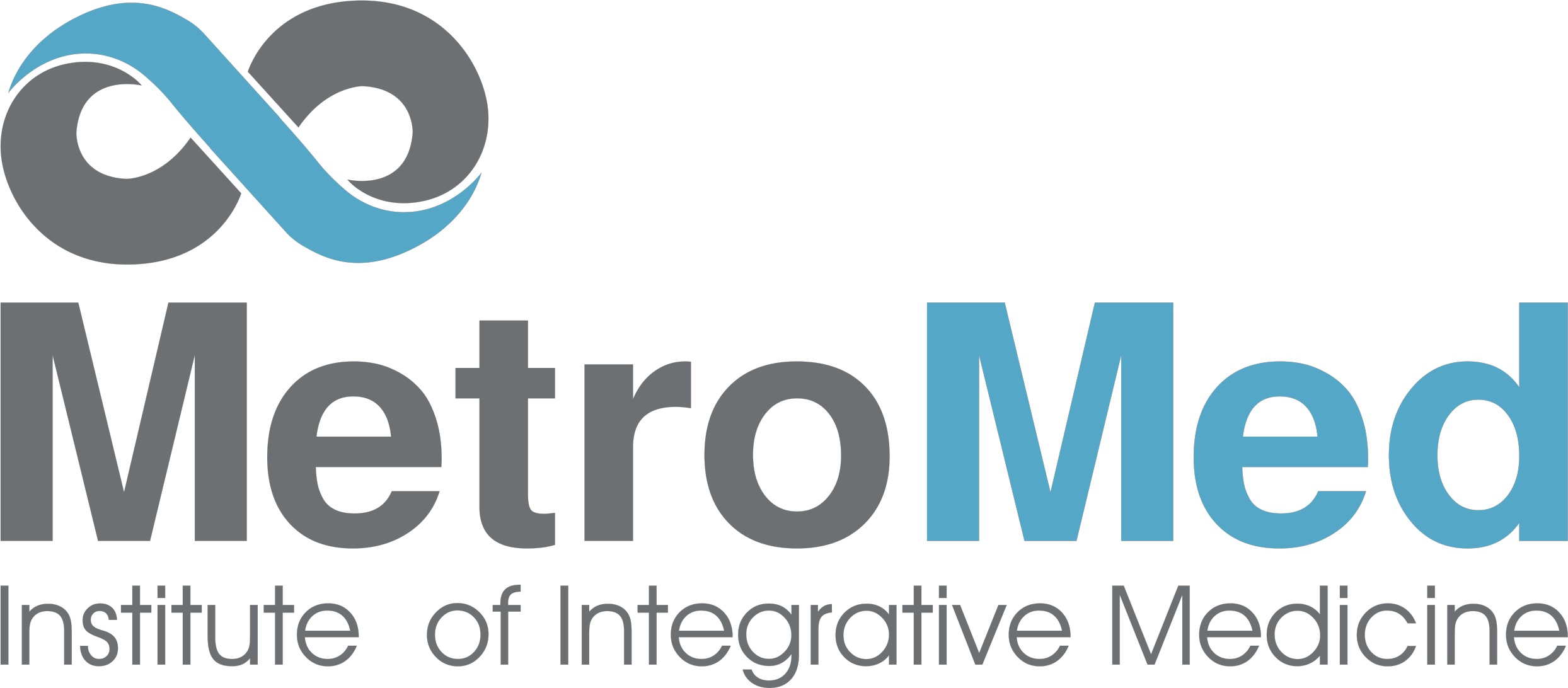Throughout history there have been devastating diseases that destroy the lives of millions of people. In the 14th Century the bubonic plague in Europe killed roughly half the continents population. In 2002 to 2003 S.A.R.S. had an outbreak in Hong Kong leading to quarantine and destruction of many more lives. Time and time again major diseases epidemically change the course of medical history. Since the discovery in 1981 HIV has played a major role today as a disease with no cure and can be spread as rapidly as the bubonic plaque if the proper precautions are not taken. Fortunately, the University of California Los Angeles has discovered a new stem cell line that seeks out and destroys HIV, maybe one day leading to complete eradication of the disease.
From 1981 to 2006 there were twenty-five million deaths related to HIV. Currently there are no publicly accessible cures for HIV. This is because HIV is a very complex virus that is able to incorporate itself into the CD4+ T Cells of your body. CD4+ T cells are very essential cells in your immune system and without them we would not function properly as organisms. When HIV incorporates its genome into these T cells it makes it very difficult to combat because the virus is now a part of your cell. To cure HIV at the point of infection a patient would have to destroy their own CD4+ T cells and until today we had no way of finding and eliminating T cells which were infected or not. Medical professionals cannot destroy all of a patients T cells other wise their immune system would not function properly. In order to stop HIV there needed to be a method to specifically seek out HIV infected cells and only destroy these.
UCLA’s research team lead by Scott G. Kitchen at the David Geffen School of Medicine found an answer to solving this method of attacking HIV-infected cells with the use of a specific stem cell. Kitchen’s laboratory studied stem cells and their pathways to target specific unwanted cells in the body and destroy them. After investigative research they found that a specific CD8+ T Cell that would actually find and destroy HIV-infected cells around the body. This discovery is one of the most revolutionary steps towards finding a cure for HIV.
Quickly after finding this cell and knowing its potential the laboratory team at UCLA started to experiment. They took a large number of blood stem cells and attached surface proteins onto them that mimicked the CD8+ T cells. After culturing, these cells transformed into fully functioning CD8+ T cells and now the lab had an adequate supply of these cells for therapy. Next, the lab transplanted the CD8+ T cells into mice infected with HIV. The results came in that the large supply of CD8+ T cells actually decreased the HIV viral count and soon cured the mice of their infection.
The breakthroughs that were made in finding a stem cell that can be transformed into seeking and destroying HIV-infected cells is monumental. Even though the model used in this experiment were mice, the results show a potential therapeutic use for humans in the near future. As the work in Kitchens lab continues, HIV may one day become another disease of the past on the list with the bubonic plague and S.A.R.S. Stem cells have the potential to stop this devastating disease it is just a matter of time before it becomes part of standard medical care.
Copyright © 2012 Alex Martin MD & Devin Stone, Los Angeles
References:
-
- Broverman, Neal. “UCLA Develops Stem Cells That Kill HIV in Mice.” Advocate.com. The Advocate, 13 Apr. 2012. Web. 26 Apr. 2012. .
-
- Joint United Nations Programme on HIV/AIDS. (2006).”Overview of the Global Aids Epidemic”(PDF). 2006 Report on the global AIDS epidemic. ISBN. Retrieved 2006-06-08.
-
- Scott G. Kitchen, Bernard R. Levin, Gregory Bristol, Valerie Rezek, Sohn Kim, Christian Aguilera-Sandoval, Arumugam Balamurugan, Otto O. Yang, Jerome A. Zack. “In Vivo Suppression of HIV by Antigen Specific T Cells Derived from Engineered Hematopoietic Stem Cells.†PLoS Pathogens, 2012; 8 (4): e1002649 DOI:
-
- University of California, Los Angeles (UCLA), Health Sciences. “Engineered stem cells seek out and kill HIV in living mice.” ScienceDaily, 12 Apr. 2012. Web. 26 Apr. 2012.
-
- Vocero-Akbani, Adita, Nancy Heyden, Natalie Lissy, Lee Ratner, and Steven Dowdy. “Killing HIV-infected Cells by Transduction with an HIV Protease-activated Caspase-3 Protein.” Nature.com. Nature Publishing Group. Web. 26 Apr. 2012. .


